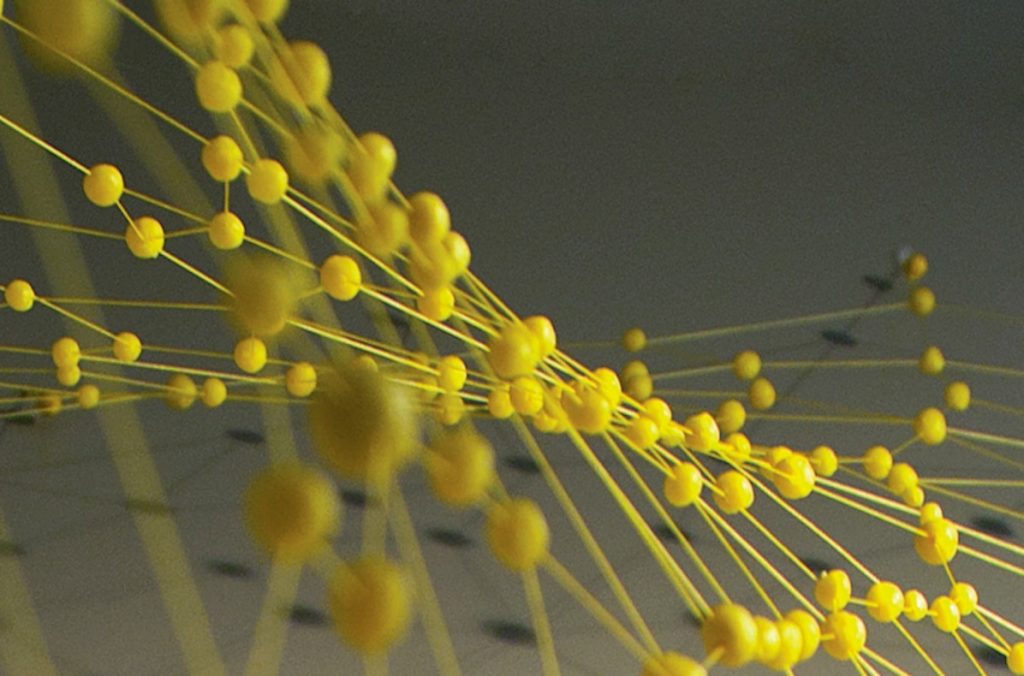Here’s a peculiar sort of riddle: Over here, you have legendary New York auction house Christie’s, holding its annual Asian Art Week, where millions of dollars of art will pass from rich hands to other rich hands. Over there, you have a poor Philadelphia neighborhood, where strokes and heart attacks are all too frequent killers. How are they connected?
The answer: Through a passel of 10 artworks in Wednesday’s South Asian Modern and Contemporary Art auction, whose expected $300,000 sale will all go towards teaching CPR to Philadelphians in underserved and unhealthy neighborhoods.
It is, to say the least, an unusual set-up. But then, it’s the brainchild of an unusual sort of art collector/philanthropist, attorney and businessman Ajay Raju. (Raju is a co-founder and board member of The Citizen.)
Over the past year, Raju—an avid collector of contemporary Indian art—has arranged with artists and other collectors to donate pieces to the Pamela and Ajay Raju Foundation, which in turn has given them to Christie’s to sell. The proceeds from that sale—estimated at at least $300,000—will go towards Raju’s Germination Project, a mentoring program for area high schoolers. In particular, the money will go to fund Germination’s healthcare initiative, which includes working with the American Heart Association to teach 10,000 low-income residents CPR to help save lives in their neighborhoods. Already, GP high school fellows have learned CPR themselves, started teaching others, and lobbied in Harrisburg to make Pennsylvania the 33rd state to make CPR training a graduation requirement.
Raju’s challenge to the world of art, and those who collect it, is to see Philadelphia the way he does—as a city of world-class institutions. “We seek to prove to the world that Philadelphia is not an outpost, but a destination, not a backwater but a nerve center,” he says.
Christie’s, which is not charging the Raju Foundation its usual seller’s fee, is also hosting a dinner in honor of Germination on Monday night, and has featured the project in its promotional materials for Asian Art Week—touting amidst the glittering artworks being sold to millionaires around the world the work of a small family foundation, in an American city in need of a leg up.
“Sometimes in order to address the despair and pain that afflict these neighborhoods, you have to look at it through the lens of commerce,” Raju says. “The rich people who are giving the art, and buying the art, will be giving directly to poor people who need it.”
This melding of worlds is the keystone to Raju’s vision for bettering Philadelphia. Born in India and shaped by his move to the Philly suburbs with his family when he was 14, Raju is a self-made millionaire with an impatient philanthropic mission. He wants to put Philadelphia on the map as a world class city, which also means lifting up its poorest residents. But he’s not satisfied with the usual channels. That’s why he started Germination Project, which has a very long view: In exchange for the access and experiences he affords with his rolodex, Raju expects the Germination fellows to return to Philly after college and work to make the city great for everyone in it.
The Christie’s auction is the latest act of IntXchange, a Raju Foundation project to bring Indian artists to Philadelphia, in a cultural exchange with a typically Raju twist. A Philadelphia Museum of Art trustee, Raju in each of the last two years has sponsored (through his foundation) the Initiative for South Asian Contemporary Art. In 2013, the PMA showcased the work of Indian painter Atul Dodiya; two years later, multi-media installation artist Jitish Kallat; and in October, sculptor Ranjani Shettar. He is also, in November, donating to the Museum’s permanent collection a video project by Kallat called Covering Letter, which features the words from a letter Mahatma Ghandi wrote to Hitler asking him to reconsider his aggression. (The Raju Foundation and The Citizen will hold a series of events around the opening of the exhibit in November.)
The anticipated $300,000 from the Christie’s sale will go to fund Raju’s Germination Project healthcare initiative, which includes working with the American Heart Association to teach 10,000 low-income residents CPR to help save lives in their neighborhoods.
The IntXchange exhibits and accompanying events have provided a new American audience for the Indian artists; broadened the international scope of the museum, helping to define it as a hub of Indian contemporary art; and opened a sort of art portal between Philadelphia and India, the world’s largest democracy. They are Raju’s challenge to the world of art, and those who collect it, to see Philadelphia the way he does—as a city of world-class institutions on par with those in New York City and London and elsewhere, even though it may not have the same reputation.
But IntXchange is about more than the art. It’s an invitation to come see all that Philadelphia has to offer, both culturally and otherwise. Each time the PMA presents a new Indian artist, Raju hosts art lovers and collectors from around the world, who also happen to be leaders in business, and science, and technology and medicine—like billionaire Shiv Nadar, a technologist who is one of the richest men in India. The hope, Raju says, is that those leaders come here for the sake of the art, but walk away wanting to spend more time and money here—even, perhaps, to do business in Philly.
“As a region, we’re in competition with every other region in the world,” Raju says. “The question is, Are you the magnet that attracts the best human talent? We seek to prove to the world that Philadelphia is not an outpost, but a destination, not a backwater but a nerve center. We’re selling Philadelphia in the best way, making this region a bit more relevant to people outside of it.”

